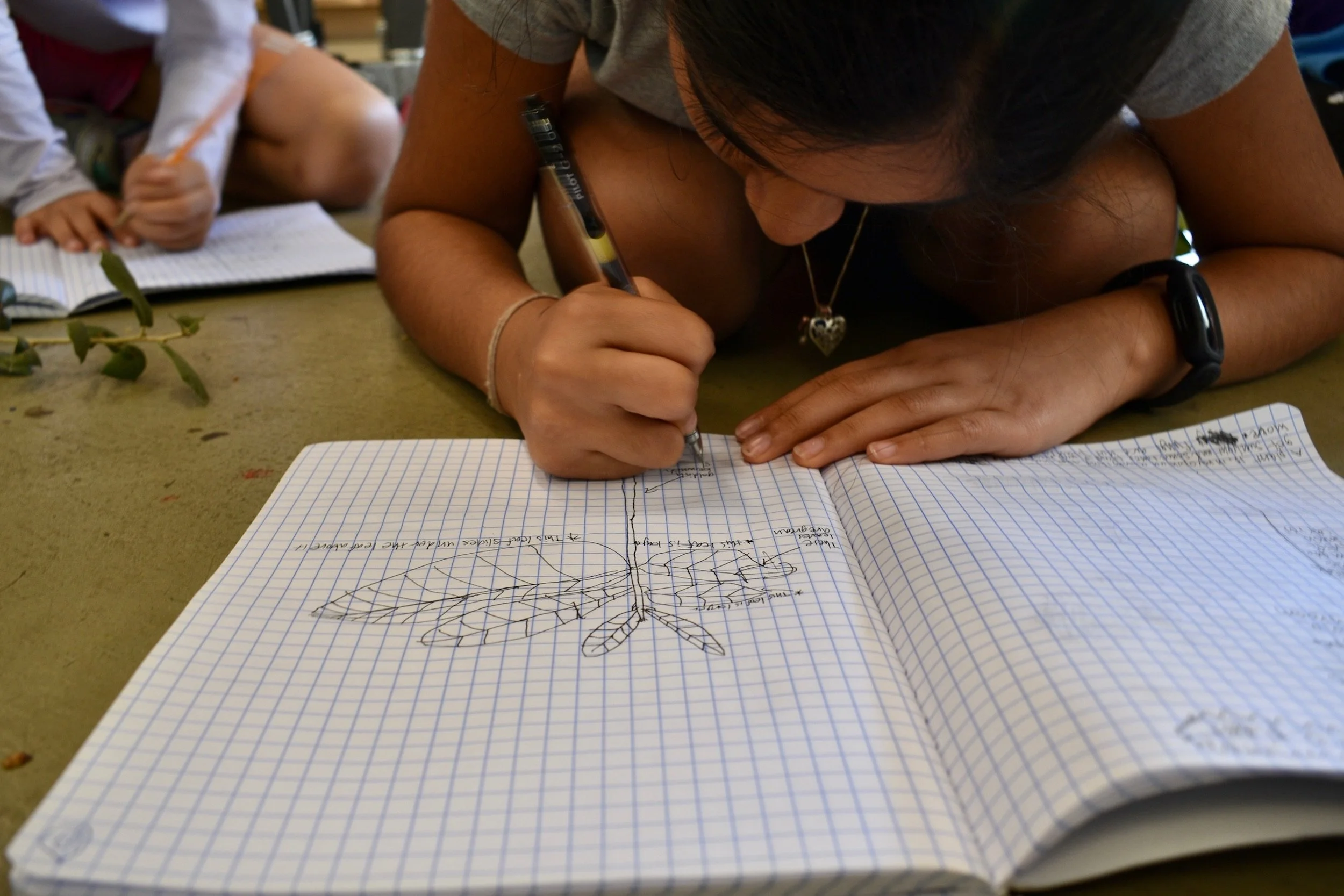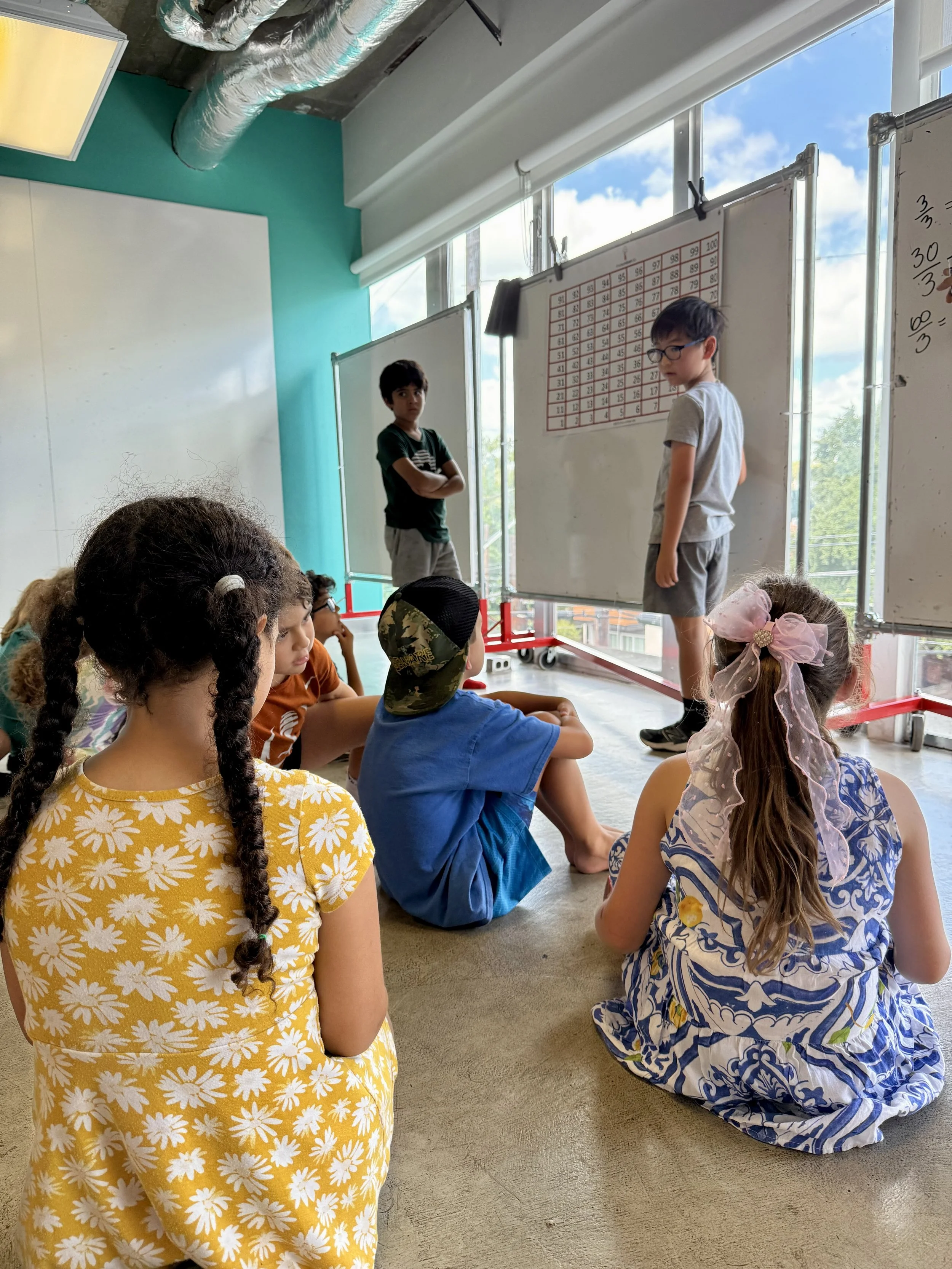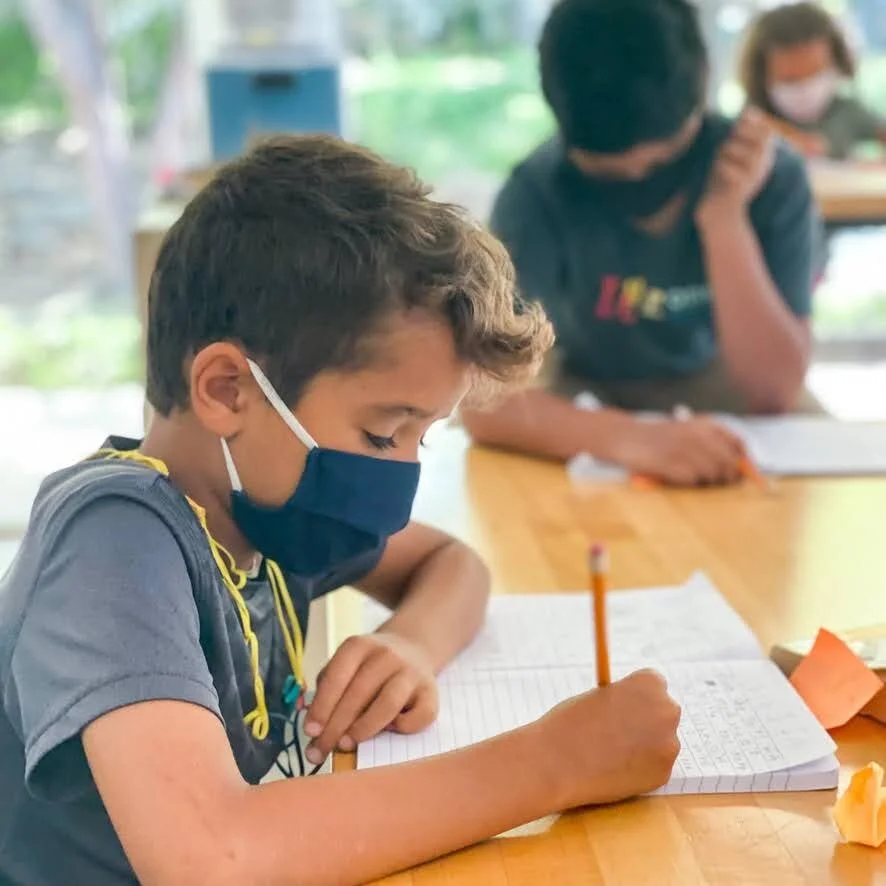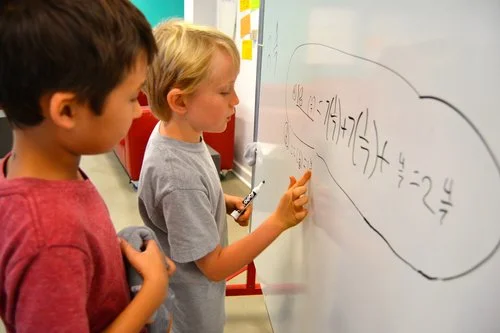It’s that time of year again—when we all, kids and adults alike, get excited about all things back-to-school. At many schools, finding out what homeroom class a child gets placed in is central to the experience. At Long-View, we don’t have “homeroom classes”; instead, we have mixed-age level “bands” that we work to shape into a learning community.
Here, on the first day of school, children find out their band placement in an unceremonious procedure: we simply read out names and tell children which room to go to. Once arrived in that room, we reveal the name of the band (usually named for a color), and rather than placing emphasis on which band the child is in, we emphasize the responsibility of the individuals and the group to create the kinds of growth and learning opportunities they want for the year.
Though it’s not our intent, we inevitably hear students talk about “moving up a band.” It’s natural—most school systems (and many extracurriculars, like sports) structure advancement as a ladder, with clear steps up and down. But that framework doesn’t really capture how growth works here….
Read More






